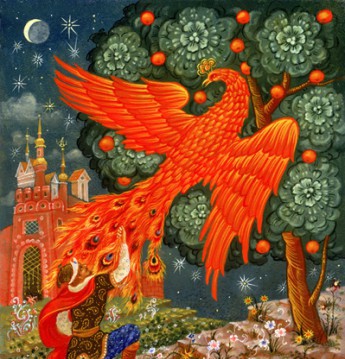Today, I’m delighted to welcome June Perkins to my blog. June’s new book, Illuminations, which is a collaboration between her as a writer and illustrators Ruha and Minaira Fifita, comes out early next month, and in this guest post, June writes about the process of creating Hope, one of the poems from the collection, which is reproduced below.
Writing ‘Hope’ for Illuminations – June Perkins
My poem ‘Hope’ is a speculative imagining of how Emily Dickinson would respond to Cyclone Yasi if she had been a poet based in Far North Queensland and draws particular inspiration from her work 314, often titled ‘Hope’ although she didn’t give it a title.
I first heard of Dickinson from a vinyl record, Parsley, Sage Rosemary and Thyme by Simon and Garfunkel, the song was’ The Dangling Conversation’ And yet it was years before I took the time to learn more about her poetry and life.
After Cyclone Yasi in 2011, I began to compose poetry in response to both its damage, and the way people and nature fared in its aftermath. Living in Far North Queensland in a rural community, I became acutely aware of birds – king fishers, cassowaries, curlews and more. We had a pet bird, Peep, who amused us and helped us keep calm during the cyclone. He disappeared briefly to spend time with other birds before returning with all of them in tow as if we could put them all up in the house. He died a few days after of shock. I took solace in Dickinson’s poems. I was particularly drawn to 314 because it speaks of hope as if it has feathers like a bird.
The poem used to live on my blog, but in recent times, joined part of the working collection for Illuminations and it made the final cut for the book. The poem fits well with the overall themes of the collection and picks up on the symbolism of birds. Over the last few years, since our move to Brisbane, the poem has come to mean much more to me than a response to a cyclone’s aftermath, and an expression of respect to Emily Dickinson; it represents that wider theme of how poets can through their creativity bring hope to any situation including a pandemic.
Author: June Perkins
Illustrators: Ruha and Minaira Fifita
ISBN: 9780980731194 (paperback)
ISBN: 9780648720508 (hard cover, dustcover)
Publication Date: 20/6/2020
80 pages
This collection captures the wonder of the act of creation, the burst of excitement associated with the birth of the new, and the challenges and sacrifice involved in bringing inspiration to fruition. Reflecting on the impact of the challenge of the new, in both the material and spiritual worlds, several of the poems refer to the advent of the Báb, the 19th century Prophetic figure, whose contemporary message inspired and challenged a sacrificial response on the part of those who embraced His Cause.
You can pre-order Illuminations here. The book is available for pre-order in Australia, New Zealand, the US, UK and Canada.
About the author:
Dr June Perkins is a multi-arts creative born to a Papua New Guinean Indigenous mother and Australian father. She was raised in Tasmania as a Bahá’i and combines poetry, blogging, photography, story and more to explore themes interesting her – peace, ecology, spirituality, cultural diversity, resilience and empowerment. Earlier poetry book is, Magic Fish Dreaming (2016). June has had poems published in Nineteen Months, Tokens, Voices in the North, Under One Sky, Etchings, Cracks in the Canopy, World Order, Spooktacular Stories, Creative Kids Tales, Story Collection 2, Writing the Pacific, ABC Open, The Queensland Art Galley, Ridvan is Everywhere, and Talking Ink from Ochre.
About Illustrators Fifita Sisters / IVI Designs
Ruha Fifita was born in Vava’u, Tonga and spent most of her life immersed in the culture and vibrancy of life in the Pacific. Her love for visual and performative forms of expression have been nurtured through the support and encouragement of her extended family and study of the writings of the Bahá’i Faith.
Minaira Fifita is a visual and performing artist whose work aspires to reflect her love of creation and faith in the unity of humanity. Her style of creativity blends together her Polynesian and Celtic roots and experiences of vibrancy, balance and harmony within the Pacific and her spiritual beliefs as a Bahá’i.






























